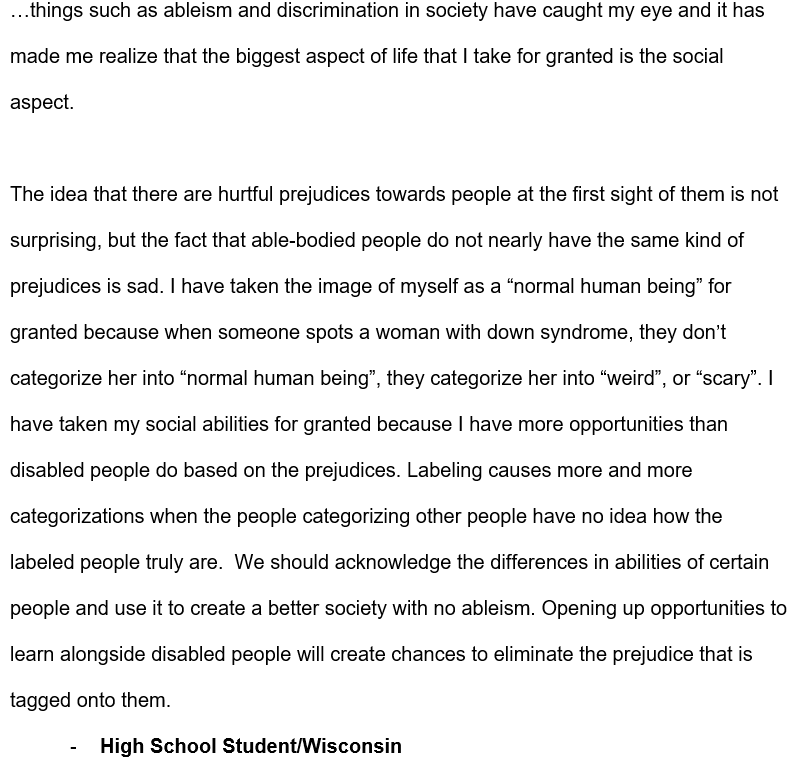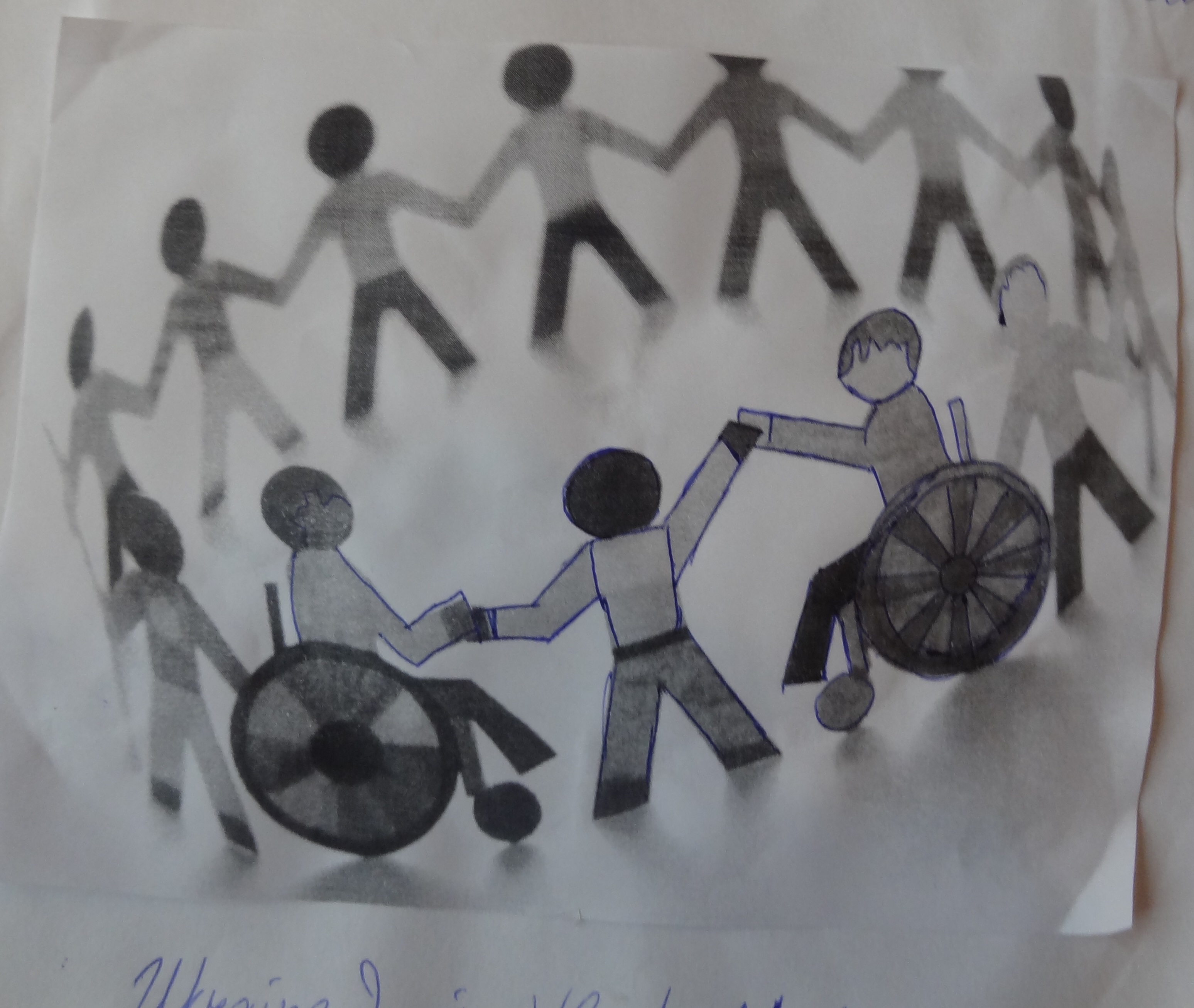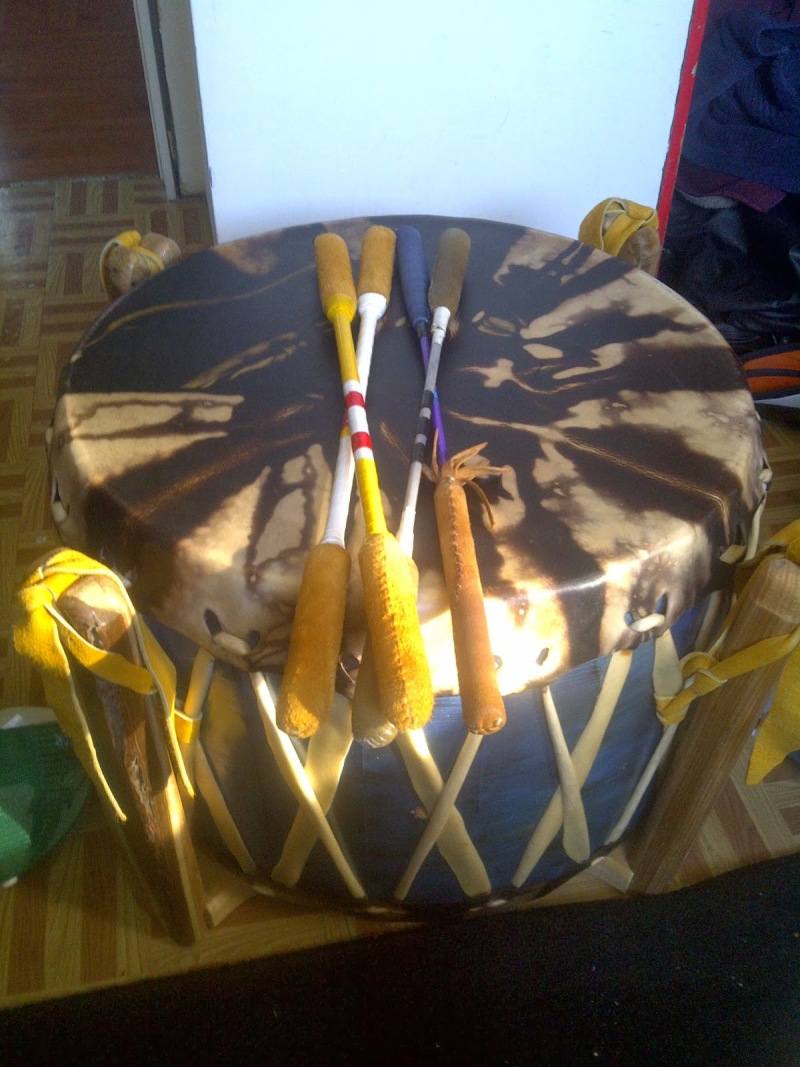Through an eight-week virtual exchange, students in Irpin, Ukraine, collaborated with students in Oshkosh, Wisconsin, USA, to explore and reflect on disability rights and the inclusion of people with disabilities. The exchange began with a video introduction. Students individually introduced themselves and talked about their daily lives, giving the other class an initial glimpse into their culture and adding a more personal connection.
Following the introductions, students reflected on their privilege as temporarily able-bodied individuals, exploring the things that they take for granted and challenging their perspectives on disability. They were given creative freedom to write or draw their reflections, which were then shared on Google Drive for the other class to view and compare to their own cultural concept of ability and disability. Despite the age difference between the 12-15 year old students in Ukraine and 16-17 year old students in the US, these reflections provided insight into and a greater understanding of the other culture.


In the final two phases of the exchange, students worked in teams to research various types of disability and how society could create more accessibility for people with that particular disability. The research culminated in presentations which were shared with and viewed by the other class. This phase was enriched by speakers, who came into both classes to share their stories about life with a disability.
See an example PowerPoint presentation from the research of the students in Ukraine, here.
See an example PowerPoint presentation from the research of the students in the United States, here.
In their final reflections, the students looked back on their exchange process and what they learned about the other culture. They also reflected on their new insights into disability and ability as well as the actions and attitudes needed to be more inclusive of individuals with disabilities.
Although most of the exchange was asynchronous, the students were able to meet on Skype to wrap up their collaboration and ask each other remaining questions about their culture. They were excited to finally interact face to face with the students they had been working with for so long.


